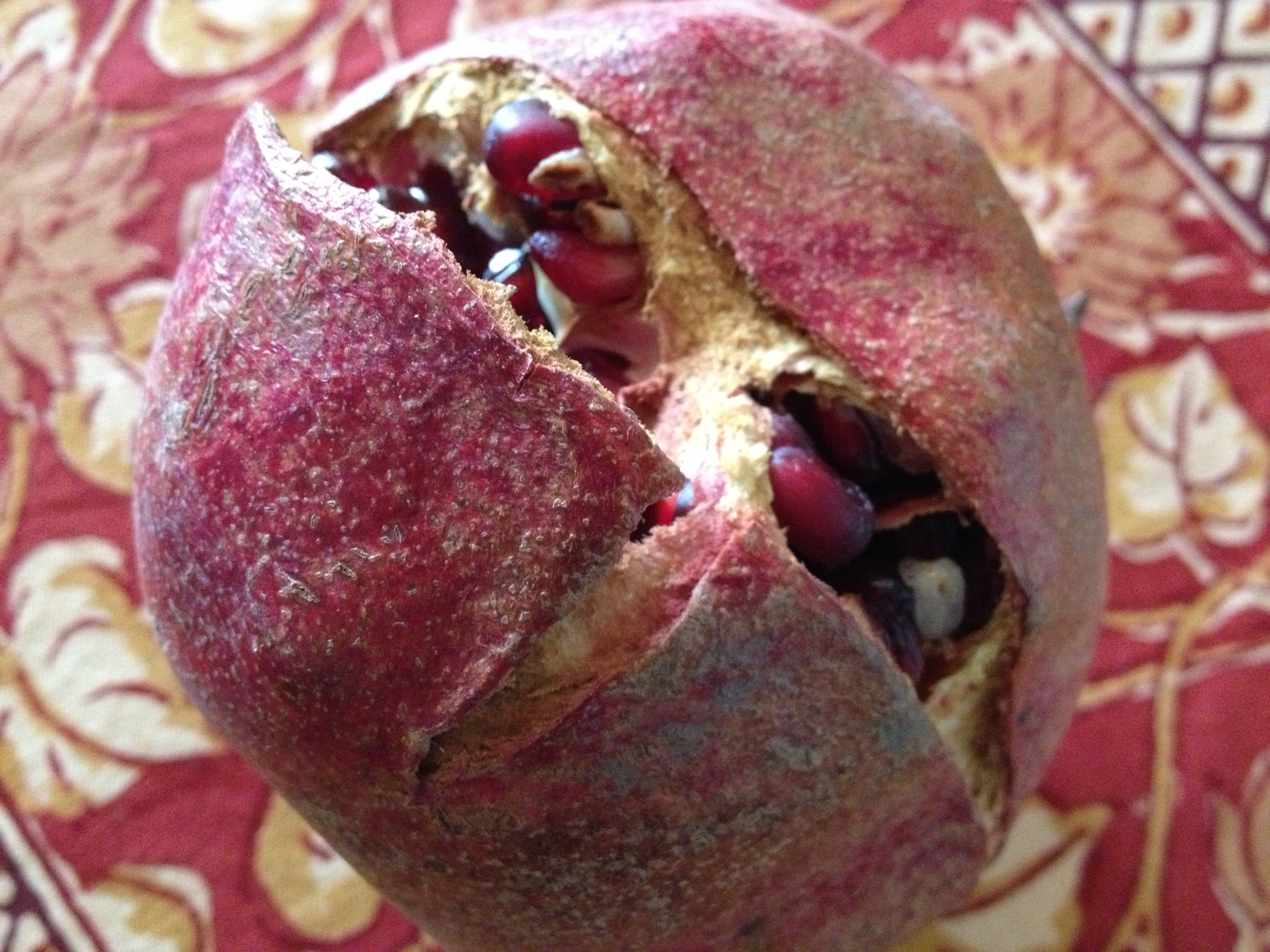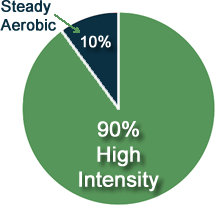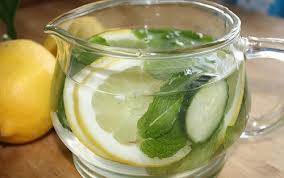Over the past decade, there certainly has been a national emphasis to move Americans away from refined grains and sugars to whole grains that include more fiber and do not contain trans fats. In fact, based on the demonstrated health benefits of switching from refined to whole grain foods, the USDA 2010 Dietary Guidelines recommend that Americans consume at least three servings of whole grain products daily. All sounds good, right?
Well, not really. According to a new study by Harvard School of Public Health (HSPH) researchers, one of the most widely used industry standards, the Whole Grain Stamp, actually identified grain products that were higher in both sugars and calories than products without the Stamp. So, that supposedly healthy whole grain product might be increasing your daily sugar intake!
“From two major U.S. grocers, the researchers identified a total of 545 grain products in eight categories: breads, bagels, English muffins, cereals, crackers, cereal bars, granola bars, and chips. They found that grain products with the Whole Grain Stamp, one of the most widely-used front-of-package symbols, were higher in fiber and lower in trans fats, but also contained significantly more sugar and calories compared to products without the Stamp.” 1
What do you do when there is so much misleading information at your local grocery store? My suggestion is to make a grocery store trip on a day when you have a little more time (i.e. not after work when you are tired and rushing to get home). My experience is that grocery shopping is overwhelming when you have no time and at the same time are trying to make good choices. So pick a weekend morning and go for it! Give yourself the time to read labels, look for amount of sugar per serving, and especially read “the other ingredients” section at the bottom of the box or package. Unfortunately, big food manufacturers capitalize on the latest health and food trends, and need to make their shareholders happy. A Whole Grain Stamp on the front of a box of cereal or crackers does not mean that the food is healthy. All it means is that it meets certain criteria – it contains at least 8 grams of whole grains per serving. That does not say anything about the amount of sugar added or the “other ingredients”, which may not be healthy at all.
For example, Bob’s Red Mill Honey Oat Granola has 26 grams of whole grains per serving. However, it also contains 9 grams of sugar per half cup, with brown sugar being the 2nd ingredient. Special K Low Fat Granola by Kellogg’s has 31 grams whole grains per ½ cup serving, and also 9 grams sugar, with sugar being the 2nd ingredient and corn syrup being the 3rd ingredient. My tip: look for a product where sugar is further down the ingredient list, at least the 4th ingredient. And remember, sugar can be listed as plain old sugar, brown sugar, corn syrup, evaporated cane juice, honey, maple syrup, agave, molasses, and more!
And by the way, with the increasing prevalence of gluten sensitivities, whole grain products may not be a healthy choice at all for an increasing number of Americans. And that will be the subject of my next blog!
P.S. If you have no interest in reading labels, avoid the middle aisles of your grocery store and shop the perimeter where you will find mostly whole foods!
Harvard School of Public Health (2013, January 10). Foods identified as ‘whole grain’ not always healthy. ScienceDaily. Retrieved February 16.
New Recipe
One of my favorites while oranges are still in season. The sweet juicy oranges really make it pop! It is so easy and makes a lot, so you have left-overs!
Quinoa Salad with Chicken, Avocado, and Oranges:
Courtesy of Sunset, pg 94. January 2012
4-6 servings as a main course
40 minutes
Per 1 ½-cup serving: Calories: 490 – Fat 26 g – Fiber 10 g
Ingredients
1 ¼ cups quinoa
1 tsp chili powder
3 tsp minced garlic, divided
Zest of 1 lime
2 tsp plus 3 tbsp olive oil
1 tsp each kosher salt and pepper, divided
1 lb boned, skinned chicken thighs
¼ cup lime juice
½ cup chopped fresh cilantro
4 large oranges, peeled and segmented
2 ripe avocados, peeled and cubed
Method
1. Cook quinoa according to package directions and fluff with a fork. Transfer to a large bowl and let cool.
2. Preheat broiler with a rack set 4 to 6 in. from heat. In a large bowl, stir together chili powder, 2 tsp garlic, the lime zest, 2 tsp oil, and ½ tsp each salt and pepper. Add chicken on a baking sheet and broil, turning once, until browned and cooked through, about 12 minutes total. Let cool slightly, then slice and add to reserved quinoa.
3. Add remaining ingredients to quinoa and chicken, toss to coat.


 Your DNA can also be analyzed to figure out the best type of exercise for you to do to reach your ideal weight and then maintain it! Do you need to do 90% high intensity exercise or 90% steady aerobic exercise to reach your optimal metabolism? Or does your genotype indicate that you are best suited for a mix of high intensity and steady aerobic? Your genes reveal how your receptors respond to exercise and adrenaline and identify the level of exercise INTENSITY needed for the most efficient response, as well as the QUANTITY of exercise needed to lose weight and/or maintain your weight. In a nutshell, knowing the best exercise type for your optimal metabolism will save you a lot of time in the gym! Which means you get to sleep in longer in the morning! 🙂
Your DNA can also be analyzed to figure out the best type of exercise for you to do to reach your ideal weight and then maintain it! Do you need to do 90% high intensity exercise or 90% steady aerobic exercise to reach your optimal metabolism? Or does your genotype indicate that you are best suited for a mix of high intensity and steady aerobic? Your genes reveal how your receptors respond to exercise and adrenaline and identify the level of exercise INTENSITY needed for the most efficient response, as well as the QUANTITY of exercise needed to lose weight and/or maintain your weight. In a nutshell, knowing the best exercise type for your optimal metabolism will save you a lot of time in the gym! Which means you get to sleep in longer in the morning! 🙂